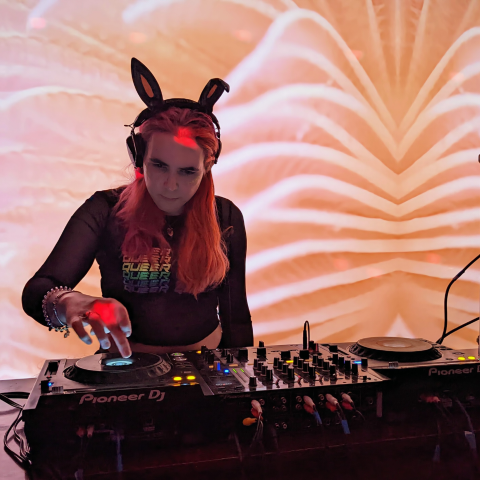I often typed “hipster coffee shop” into the search bar as a shorthand because Yelp’s search algorithm always knew exactly what I meant by the phrase.
“Why do I always find exactly what I self select for?”
I would argue the author is mostly finding the Insta spots because they are looking for them. Take Seattle, the epicenter of the hipster coffee shop stereotype. There are plenty of generic cafes, but for every Slate you can also find a fantastic hole in the wall like Monorail. Just because you went to places that have marketing managers does not mean that is the only thing out there.
The article seems to be arguing that globalisation is bad because of the homogenization of style, but then seeks out places that fit that aesthetic.
Wow, Slate and Monorail described perfectly.
As an aside I miss OG Slate from it’s Ballard days.
Never went to that one. I lived around the corner from the Vivace sidewalk cafe (RIP) for almost a decade, so that is my go to coffee nowadays
I do the same when traveling and looking for a bar. I search “dive bar” or “neighborhood bar” and it cuts through the noise. I still have to find a good one, but it narrows heavily.
I think a lot of people do, for sure. It is nice to have familiar spots. I just don’t think you need to write an article saying everything is concentrating to a single style when you didn’t seem to look for anything else.
🤖 I’m a bot that provides automatic summaries for articles:
Click here to see the summary
Inevitably, I could quickly identify a cafe among the search results that had the requisite qualities: plentiful daylight through large storefront windows; industrial-size wood tables for accessible seating; a bright interior with walls painted white or covered in subway tiles; and wifi available for writing or procrastinating.
Accoutrements such as lights made from rusty plumbing fixtures were left behind in favour of houseplants (succulents especially) and highly textured fibre art, evoking west coast bohemia more than hardscrabble New York City.
You can ease into that space because it’s such a familiar space.” The homogeneity contrasted with the overall hipster philosophy of the 2010s, namely, that by consuming certain products and cultural artefacts you could proclaim your own uniqueness apart from the mainstream crowd – in this case a particular coffee shop rather than an obscure band or clothing brand.
It required money and a certain fluency for someone to be comfortable with the characteristic act of plunking down a laptop on one of the generic cafes’ broad tables and sitting there for hours, akin to learning the unspoken etiquette of a cocktail bar in a luxury hotel.
“Everything else is damage control.” We talk about politics, culture and travel becoming globalised, but on a more fundamental level, Spivak is correct that what really flows across the planet are various forms of money and information: investments, corporations, infrastructure, server farms and the combined data of all the digital platforms, sluicing invisibly like wind or ocean currents between nations.
Pursuing Instagrammability is a trap: the fast growth that comes with adopting a recognisable template, whether for a physical space or purely digital content, gives way to the daily grind of keeping up posts and figuring out the latest twists of the algorithm – which hashtags, memes or formats need to be followed.
Saved 93% of original text.



